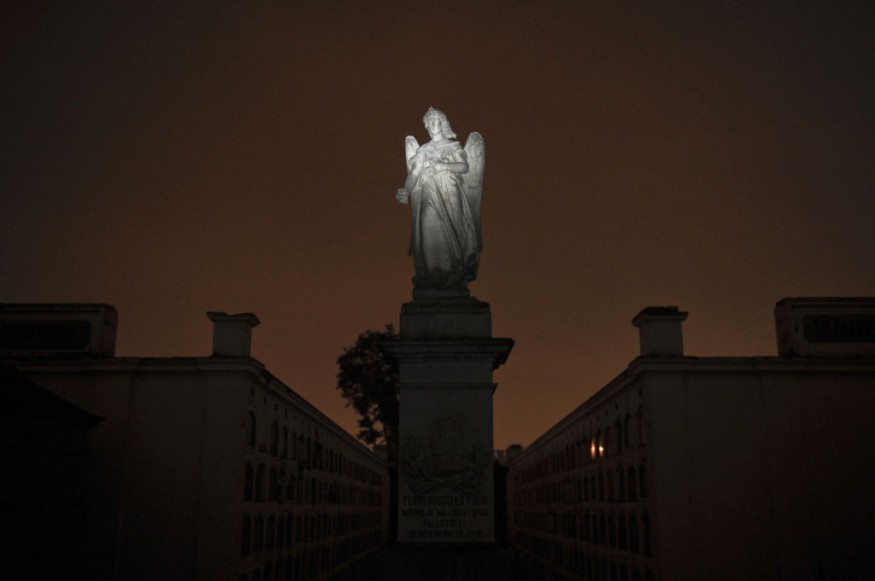Archeologists recently documented a frequently unknown macabre practice involving almost 200 spines that are threaded on poles in Peru.
According to a Business Insider report, people in this South American nation's Chincha valley "threaded the spines of the dead onto wooden rounds" about 500 years ago, a practice only recently recorded in the field of archeology.
It may have been an attempt of restoration of the bodies of the dead in the time of European colonization, researchers who excavated 192 specimens of such spines specified in their report. Such unearthing involved the remains of children.
According to the study's lead author Jacob Bongers, their findings propose that vertebrae-on-posts signify a "direct, ritualized and Indigenous" response to European colonization.
Bongers, an archeologist from the University of East Anglia also explained they are seeing a mortuary behavior in a time of disaster.

600 'Chullpas' Surveyed
In their study published in the peer-reviewed Antiquity journal, the researchers performed a systematic investigation of some 600 mausoleums known as "chullpas" in the Chincha Valley. Among those surveyed are pillaged tombs, which are frequently overlooked by Archeologists.
The lead author also said, there is a sense of care especially since their findings involve both adults and juveniles. More so, he added, they have vertebrae from children threaded on the posts.
A carbon dating of the reeds which were used to thread the spines together is putting the practices in a somewhat narrow period of time, roughly 1450 and 1650 AD, spanning the Inca rule's end and the European colonialism's beginning.
That particular period was described as rife with political doubt for the Chicha valley, a silver of greenery with punishing desert around it on the coast of the Pacific.
Drop in Chincha Population
The dates accord with what was described as an exceptionally turbulent period of epidemics and famine, and certainly, the Europeans entering and attempting to set up a new social order.
Bongers said such behavior is occurring in that context. Within a 50-year space, along with the end of the Inca rule in the region, the population of Chincha declined sharply from 30,000 families in the early 1550s to 979 in the early 1580s, a press release that accompanied the study specified.
Frequently, colonizers pillaged indigenous graves for silver and gold roughly 16th century, explained Bongers. He added all of that data is supporting the model that such vertebrae on posts were initiatives to probably reconstruct the dead as a response to European looting. There remains some uncertainty on the reason they were strung on the posts.
Andean Culture
Part of the Andean people's culture at that time was to continue revisiting bodies. Moreover, chullpas were so that for the family members to visit the remains.
These were taken from the graves. They were also painted and wrapped in textiles and at times, displayed. Parts of the body were typically taken out for either trophies or offerings.
Some have proposed that the spines were used as either trophies or rattles. That, according to Bongers, is definitely plausible.
For the lead author though, the results offer some distinctive understanding of the manner conflict can change people.
He added, the fact that there are 192 of these, is definitely a lot. It's speaking to this being a shared, coordinated response to European colonialism, a similar Hostalwin report indicated.
Related report about this discovery in Peru is shown on Wonder World's YouTube video below:
Check out more news and information on Archeology in Science Times.
© 2025 ScienceTimes.com All rights reserved. Do not reproduce without permission. The window to the world of Science Times.












